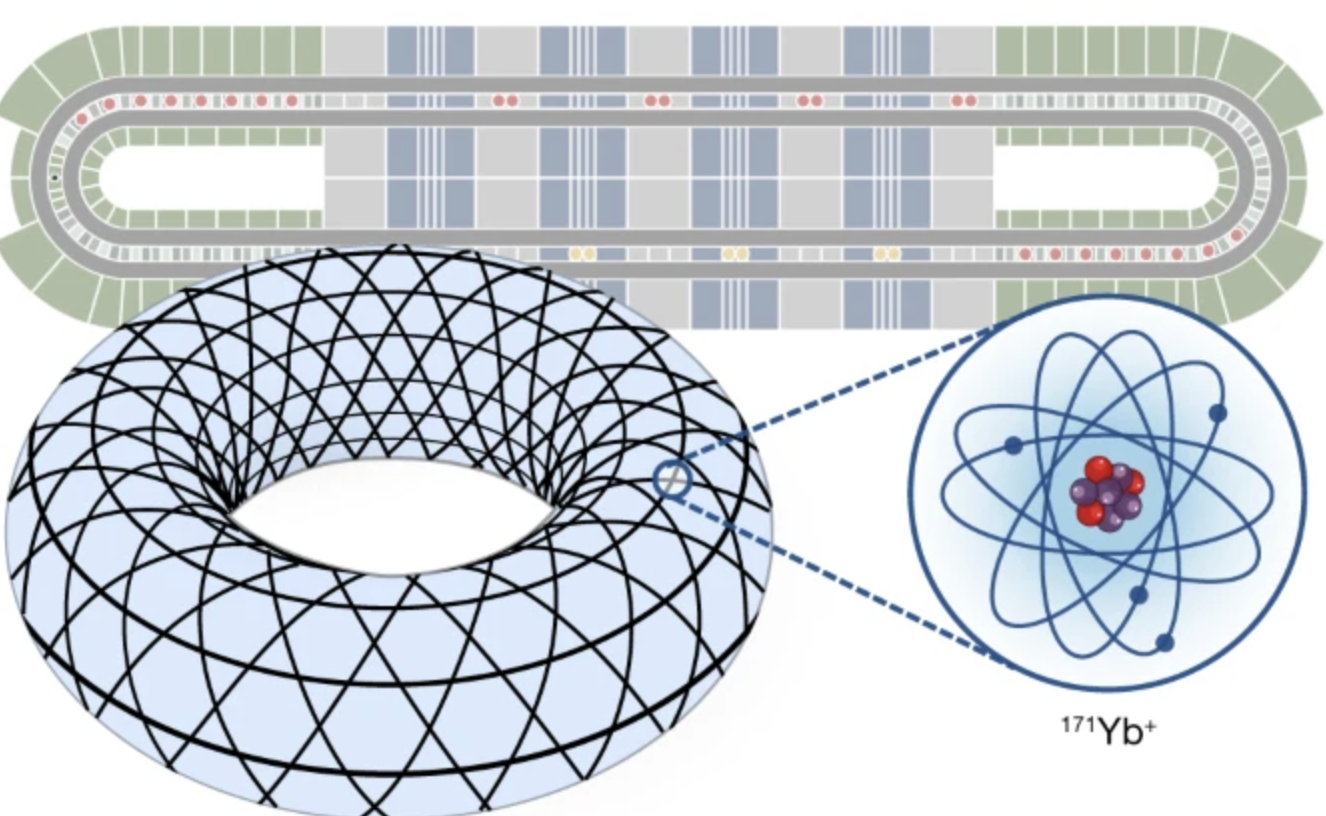Quantinuum-led Scientists’ Non-Abelian Topological Order Study Published in Nature

Insider Brief
- Non-Abelian topological order study was published in Nature this week.
- Last year, the Quantinuum-led team announced they were able to realize and control a state of matter known as non-Abelian topological order within a quantum processor..
- The peer-review step marks an important part of the scientific journey for this research — and what the scientist hope to be a step toward fault-tolerant quantum computing.
Last year, a Quantinuum-led team of scientists announced that they were able to realize and control a state of matter known as non-Abelian topological order within a quantum processor. The team published their results in the pre-print server ArXiv, outlining how they accomplished what many experts considered a far-off advance — if possible at all – and what the scientists hoped could be an advance toward revolutionizing the way we approach quantum computing.
That advance has now been officially peer reviewed in Nature, marking another important step in the scientific process – and maybe even a significant step in the quest for fault-tolerant quantum computers, a quantum device that could handle operations with unprecedented accuracy and efficiency.
“Our key finding is that non-Abelian topological orders can experimentally be prepared with high fidelities on par with Abelian states like the surface code,” the team writes. “Non-Abelian states are among the most intricately entangled quantum states theoretically known to exist, and carry promise for new types of quantum information processing. Their realization evidences the rapid development of quantum devices and opens several new questions.”
What’s Non-Abelian Topological Order And Why Is It Important?
Non-Abelian topological order is a sophisticated and elusive state of matter, characterized by its unique quasiparticles, termed anyons, which possess the extraordinary ability to remember the sequence in which they are exchanged. These anyonic excitations are not just a scientific curiosity; scientists believe they could serve as building blocks for creating quantum computers that can operate without succumbing to the errors that plague current quantum systems.
The scientists, who conducted the research using Quantinuum’s H2 trapped-ion quantum processor, managed to set up a very basic (lowest energy, or ground state) quantum system using 27 quantum bits — or qubits — arranged in a specific geometric pattern called a Kagome lattice. This setup demonstrates a special kind of organization — called a D4 topological order — that’s incredibly stable and holds potential for robust quantum computing applications. Think of this as creating a complex and stable structure using the aforementioned building blocks that obey the rules of quantum mechanics. And that could offer new possibilities for storing and manipulating information in ways we can’t with traditional computers.
The fidelity per site exceeded 98.4%, an impressive figure on par with the more familiar Abelian states. such as the surface code, traditionally heralded for their robustness and fault tolerance.
The scientists described their method, stating, “By creating and moving anyons along Borromean rings in spacetime, anyon interferometry detects an intrinsically non-Abelian braiding process.”
Innovative Techniques Needed
The researchers point out the counterintuitive nature of non-Abelians and the need for innovative techniques employed to manipulate them within a quantum system. The team also demonstrated the ability to tunnel these non-Abelians around a torus, revealing all 22 ground states and an excited state with a single anyon—a hallmark of non-Abelian topological order.
According to the paper, the D4 model employed in this experiment requires a linear-depth circuit for state toggling, raising intriguing possibilities for enhanced resistance against bit-flip noise. The bit-flip is a minor glitch that causes major headaches for quantum scientists. It refers to a type of error qubit, which should be in either a 0 or 1 state, accidentally gets flipped to the opposite state — so, from 0 to 1 or from 1 to 0 — due to external disturbances or imperfections in the system.
The experiment did not need stabilization strategies typically required in Hamiltonian setups, the researchers added.
Looking ahead, the researchers envision stabilizing these states through innovative methods, such as repeated measurement of specific equations and strategic pairing of anyons. This approach could further enhance the fault tolerance of quantum systems, pushing the boundaries of what is possible with quantum computing.
The team included researchers: Mohsin Iqbal, Nathanan Tantivasadakarn, Ruben Verresen, Sara L. Campbell, Joan M. Dreiling, Caroline Figgatt, John P. Gaebler, Jacob Johansen, Michael Mills, Steven A. Moses, Juan M. Pino, Anthony Ransford, Mary Rowe, Peter Siegfried, Russell P. Stutz, Michael Foss-Feig, Ashvin Vishwanath and Henrik Dreyer. In addition to Quantinuum, the researchers represented the Walter Burke Institute for Theoretical Physics and Department of Physics, California Institute of Technology and Harvard University.
